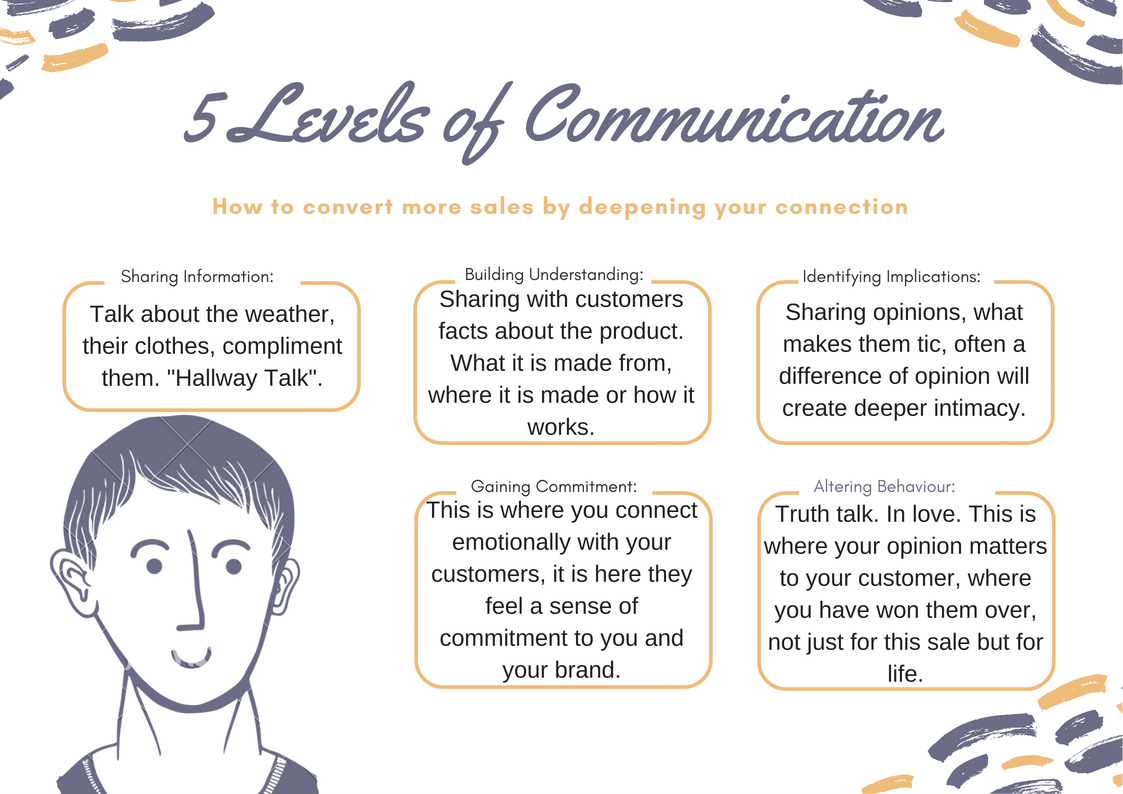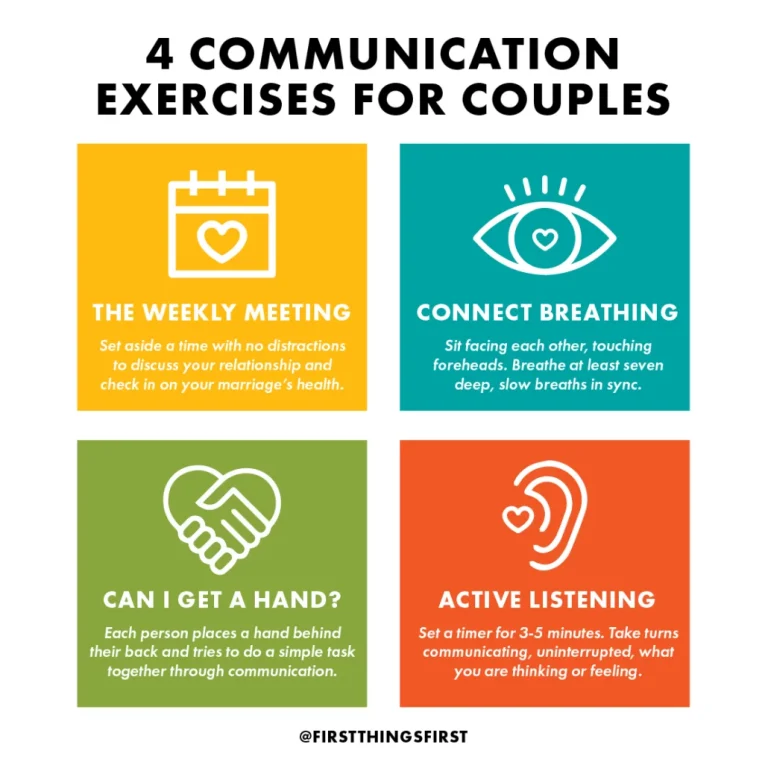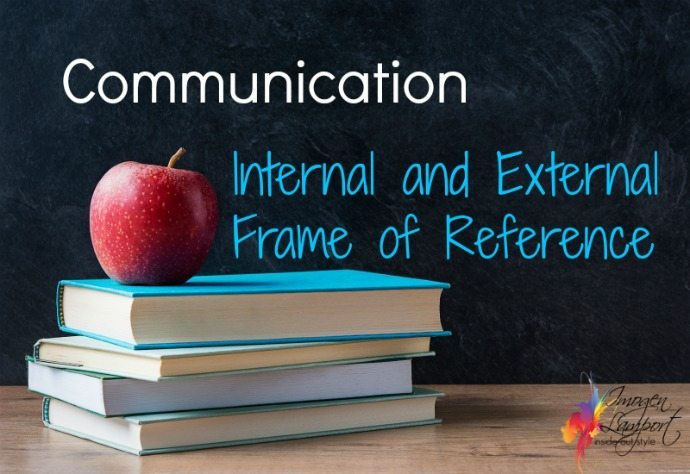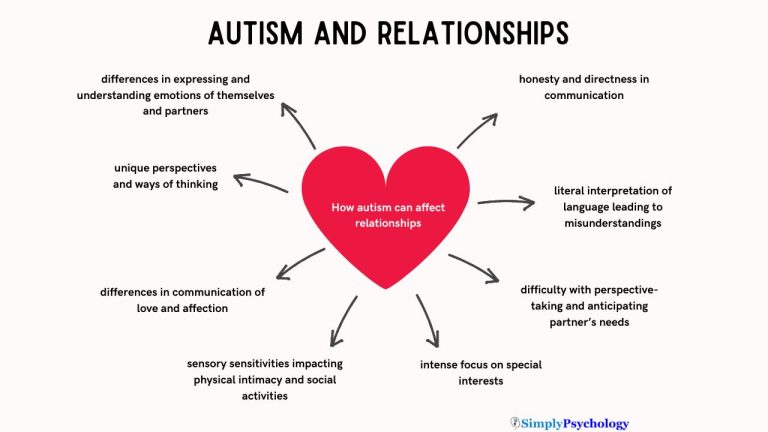Levels Of Communication In Marriage: Unlock Connection
Communication is key in any marriage. It shapes understanding and connection.
In a marriage, communication isn’t just about words. It involves feelings, expressions, and actions. Couples often navigate through different levels of communication, each bringing its own challenges and rewards. Understanding these levels can help partners connect better, resolve conflicts, and strengthen their bond.
At the basic level, there’s surface communication. This includes everyday conversations about routine tasks. Then there’s personal communication, where couples share thoughts and feelings. At the deepest level, there’s intimate communication. Here, partners connect on emotional and spiritual levels. Recognizing and improving these levels can transform relationships. It allows couples to express love, resolve misunderstandings, and build trust. Let’s explore these levels and see how they influence marital harmony.

Credit: www.allprodad.com
Verbal Communication
Verbal communication forms the foundation of every marriage. It involves sharing feelings, ideas, and desires with your partner. Effective verbal communication builds trust and understanding. It helps resolve conflicts and strengthens the bond.
Expressing Thoughts Clearly
Clear expression of thoughts is crucial in marriage. Use simple words to share your feelings. Avoid jargon or complex terms. Be direct and honest in your conversations. This approach minimizes misunderstandings. It ensures your partner understands your needs and emotions.
Active Listening Techniques
Active listening is key to effective communication. Give your full attention to your partner. Avoid distractions like phones or TV. Show interest in their words and feelings. Nodding and eye contact convey attentiveness. Ask questions to clarify any doubts. This demonstrates you value their thoughts.
Non-verbal Signals
Understanding non-verbal signals is crucial in marriage communication. These signals often convey more than words. Couples express emotions and intentions through gestures and expressions. Recognizing these cues can enhance understanding and connection between partners.
Body Language Cues
Body language speaks volumes. A hug can show comfort and care. A turned back might indicate disagreement or avoidance. Hand gestures can express excitement or frustration. Observing these cues helps interpret feelings without words.
Facial Expressions Impact
Facial expressions reveal inner emotions. A smile can indicate happiness or approval. A frown may signal worry or disapproval. Raised eyebrows can show surprise or curiosity. Paying attention to facial cues helps understand your partner’s mood.
Emotional Communication
Emotional communication in marriage involves various levels. From surface conversations to deep emotional sharing, each level strengthens the bond. Understanding these levels helps couples connect better and improve their relationship.
Emotional communication in marriage is like the glue that holds two people together. It involves expressing feelings and emotions in a way that your partner understands and appreciates. This type of communication can strengthen the bond between partners, fostering a deeper connection and a more supportive relationship.Sharing Feelings Openly
Being open about your feelings is crucial in a marriage. It allows your partner to know what you’re going through and how they can support you. Have you ever found yourself bottling up emotions, only for them to explode later? Sharing these feelings as they arise can prevent misunderstandings and conflicts. Imagine a scenario where you had a tough day at work. Telling your partner about your frustrations can lead to a comforting hug instead of tension-filled silence. Encourage your spouse to do the same, creating a mutual space of trust and openness.Empathy And Understanding
Empathy goes hand in hand with understanding in emotional communication. It’s about putting yourself in your partner’s shoes and seeing the world from their perspective. When your spouse shares their emotions, listen actively and acknowledge their feelings. Think about a time when your partner was upset. Did you listen, or were you quick to offer solutions? Sometimes, they just need to be heard. Ask questions like, “How does that make you feel?” to demonstrate your commitment to understanding them. Empathy can transform your relationship. It shows that you care deeply about your partner’s experiences. When both partners practice empathy, it creates a safe environment where both feel valued and understood. In your marriage, emotional communication can be the difference between feeling isolated or connected. Are you ready to take the step towards deeper emotional sharing and understanding?
Credit: connectedmarriage.org
Conflict Resolution
Understanding the levels of communication in marriage is crucial for resolving conflicts. Clear expression of thoughts and feelings helps in addressing issues calmly. This fosters a deeper connection and strengthens the relationship.
Conflict resolution in marriage is a crucial skill that can prevent minor disagreements from snowballing into major issues. Effective communication plays a pivotal role in resolving conflicts and strengthening the bond between partners. It’s not just about ending a fight; it’s about understanding each other’s perspectives and finding solutions that work for both. How do you address disagreements in a way that fosters growth rather than resentment?Addressing Disagreements
Begin by listening actively. This means giving your partner your full attention without interrupting. It’s easy to jump in with your own viewpoint, but holding back allows you to truly understand their side. You might find that what seemed like a major issue is just a misunderstanding. Once you’ve listened, express your feelings clearly and calmly. Use “I” statements to focus on how you feel, rather than blaming your partner. For example, say “I feel upset when…” instead of “You always…”. This reduces defensiveness and opens up a constructive dialogue. Sometimes, stepping back to cool down can prevent heated exchanges. Take a break if emotions are running high, but commit to returning to the discussion once you’re both calm. A short walk or a few minutes of silence can work wonders.Finding Common Ground
Finding common ground is about identifying what you both want and need from a situation. Discussing each other’s viewpoints can reveal shared goals that might have been overlooked. For instance, if you’re disagreeing about finances, you might both want security but differ in how to achieve it. Recognizing this shared goal can be a starting point for compromise. Create a list of possible solutions together. Write down what each of you thinks could work, then evaluate these options honestly. This collaborative approach fosters teamwork and shows you’re both committed to resolving the issue. Ask yourself: What is more important, being right or being happy? Acknowledging that compromise is not a loss but a path to mutual happiness can shift your mindset. Focusing on the partnership’s well-being over individual victories strengthens your relationship. Remember, every disagreement is an opportunity to understand each other better and grow closer. How will you use conflict resolution to enrich your marriage?Building Intimacy
Building intimacy in marriage transforms communication from basic exchanges to profound understanding. Intimacy deepens bonds and fosters a sense of belonging. Couples who nurture intimacy often find greater joy and fulfillment. They feel more connected and aligned in their relationship.
Deepening Connection
Deepening connection involves sharing thoughts and feelings openly. This means listening with empathy and without judgment. Couples should show genuine interest in each other’s lives. Small gestures, like a kind word or a loving touch, matter. They strengthen the emotional bond between partners.
Spending quality time together boosts connection. Engage in activities you both enjoy. Try new experiences to create lasting memories. Regularly expressing appreciation builds trust. Trust forms the foundation for a deeper connection.
Creating Safe Spaces
Creating safe spaces encourages honest communication. In these spaces, partners feel secure expressing their true selves. Respect and understanding are key. Couples must avoid criticism and blame. Instead, focus on constructive feedback.
Establishing boundaries helps maintain these spaces. Partners should respect each other’s needs and limitations. Regular check-ins ensure both feel heard and valued. Safe spaces nurture emotional intimacy and reduce conflicts.
Encourage open dialogue by asking thoughtful questions. Listen actively and acknowledge each other’s perspectives. This practice fosters a supportive environment. It allows love and understanding to flourish.

Credit: medium.com
Frequently Asked Questions
What Are The Four Types Of Communication In Marriage?
The four types of communication in marriage are verbal, non-verbal, written, and visual. Verbal involves spoken words, non-verbal includes body language, written encompasses texts and emails, and visual relies on facial expressions. Effective communication strengthens marital relationships.
What Are The 5 Levels Of Connection?
The 5 levels of connection are surface, structured, secure, soulful, and sacred. Surface is casual interaction. Structured involves shared goals. Secure builds trust. Soulful connects emotionally. Sacred fosters deep mutual understanding and spiritual alignment.
What Are The 3 C’s Of Marriage?
The 3 C’s of marriage are Communication, Compromise, and Commitment. Communication involves open and honest dialogue. Compromise requires finding mutual solutions. Commitment means dedicating to your partner and relationship. These elements help maintain a healthy and lasting marriage.
Conclusion
Healthy communication strengthens marriages. It builds trust and understanding. Couples who talk openly connect better. Remember, listening is as crucial as speaking. Misunderstandings can cause distance. Address them early to avoid issues. Share your feelings honestly and respectfully. This creates a supportive environment.
Use kind words and empathy. They nurture love and respect. Regular communication helps partners grow together. It deepens the bond over time. Encourage open dialogue in your relationship. It ensures both partners feel valued. Practicing these skills enhances marital satisfaction.
Strong communication is key to a lasting, happy marriage. So keep talking, listening, and learning together.





